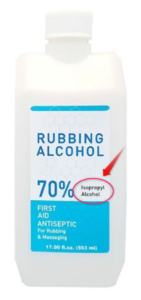
The term “rubbing alcohol” originally referred to alcohols that were applied to the body rather than drunk as a beverage. Especially during Prohibition, when consumable alcohol was illegal, the distinction was important.
The Alcohol and Tobacco Tax and Trade Bureau (TTB) and the United States Pharmocapeia (USP) define two different formulas for rubbing alcohol that start with ethyl alcohol. For both, the ethyl alcohol is first denatured using SD Alochol 23-H1 100 parts ethyl alcohol, 8 parts acetone and 1.5 parts methyl isobutyl ketone. and then either octa-acetate or denatonium benzoate is added. It may also contain color additives (as approved by the FDA for use in drugs) and perfume oils.
Straight isopropyl alcohol is also often also referred to as “rubbing alcohol.” It is not otherwise regulated or contolled by the TTB as it does not start with drinkable ethyl alcohol.
Safety
Any type of rubbing alcohol is highly flammable (both liquid and vapor). It can also cause serious eye irritation, and inhalation may cause drowsiness or dizziness. A safety data sheet (“SDS”) should be kept on hand in the work area where rubbing alcohol is being used, especially if it is being spritzed or sprayed.
Ingredient Declaration
Check the actual ingredient declaration and the SDS for anything being sold as “rubbing alcohol.” If it is “isopropyl rubbing alcohol” it should be identified in the ingredient declaration as “isopropyl alcohol.”
If the formulation is based on SD Alcohol 23-H, in the United States should be identified in the ingredient declaration as “rubbing alcohol”2 The term “rubbing alcohol is not contained in the International Cosmetic Ingredient Dictionary, but it is defined in the United States Pharmacopeia, which is an acceptable source for ingredient names. or “SD Alcohol 23-H” or by the generalized term, “Alcohol Denat.”
In the EU, it should be identified as “Alcohol Denat.”
Note that because the alcohol evaporates quickly, when rubbing alcohol is sprayed or spritzed on a product during the production process it may be considered an incidental ingredient. If it qualifies as an incidental ingredient it does not need to be included in the ingredient declaration.
References
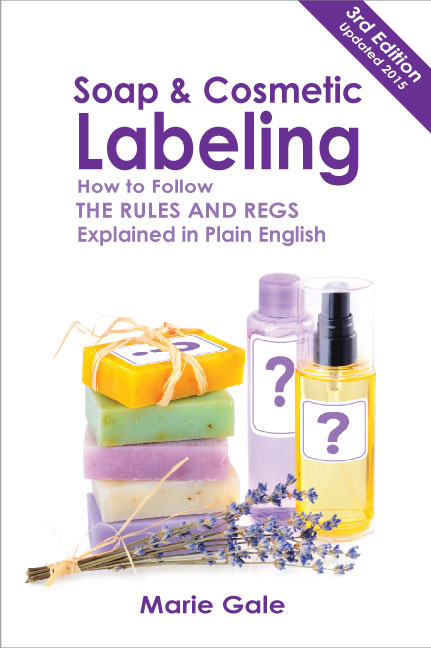
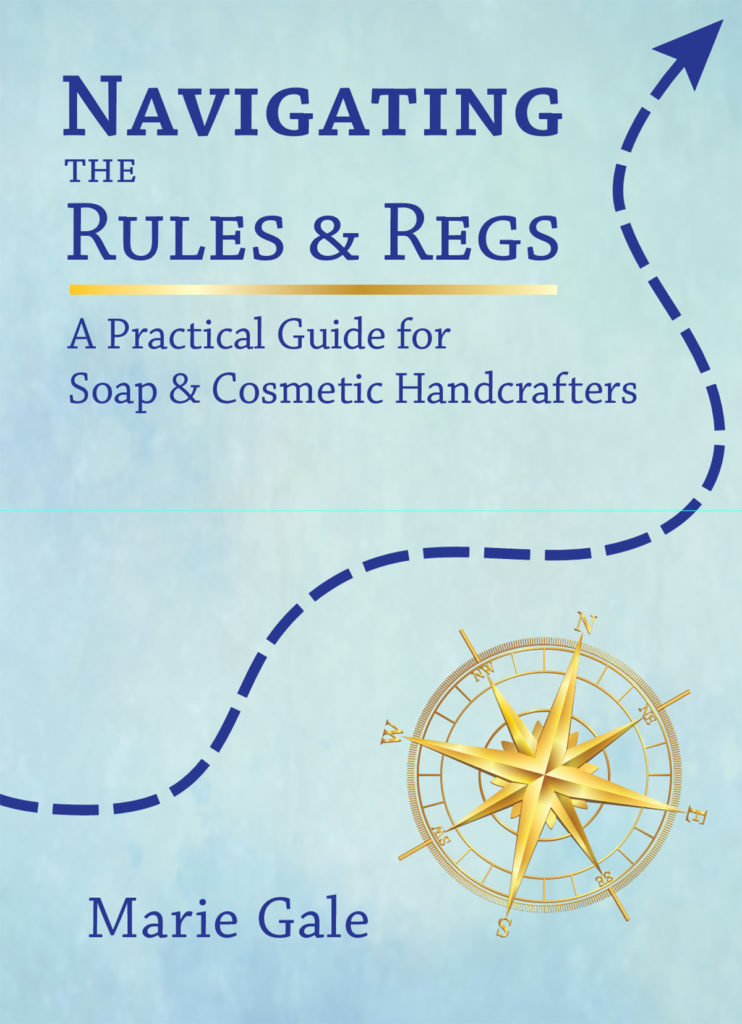
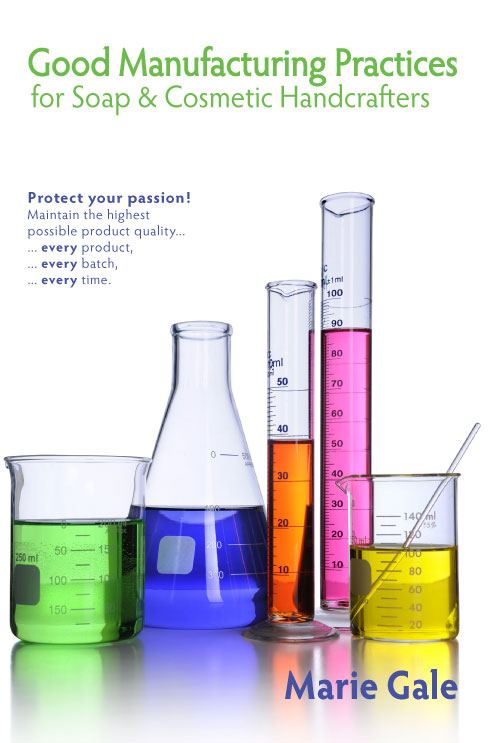
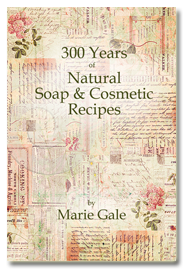
Leave a Reply